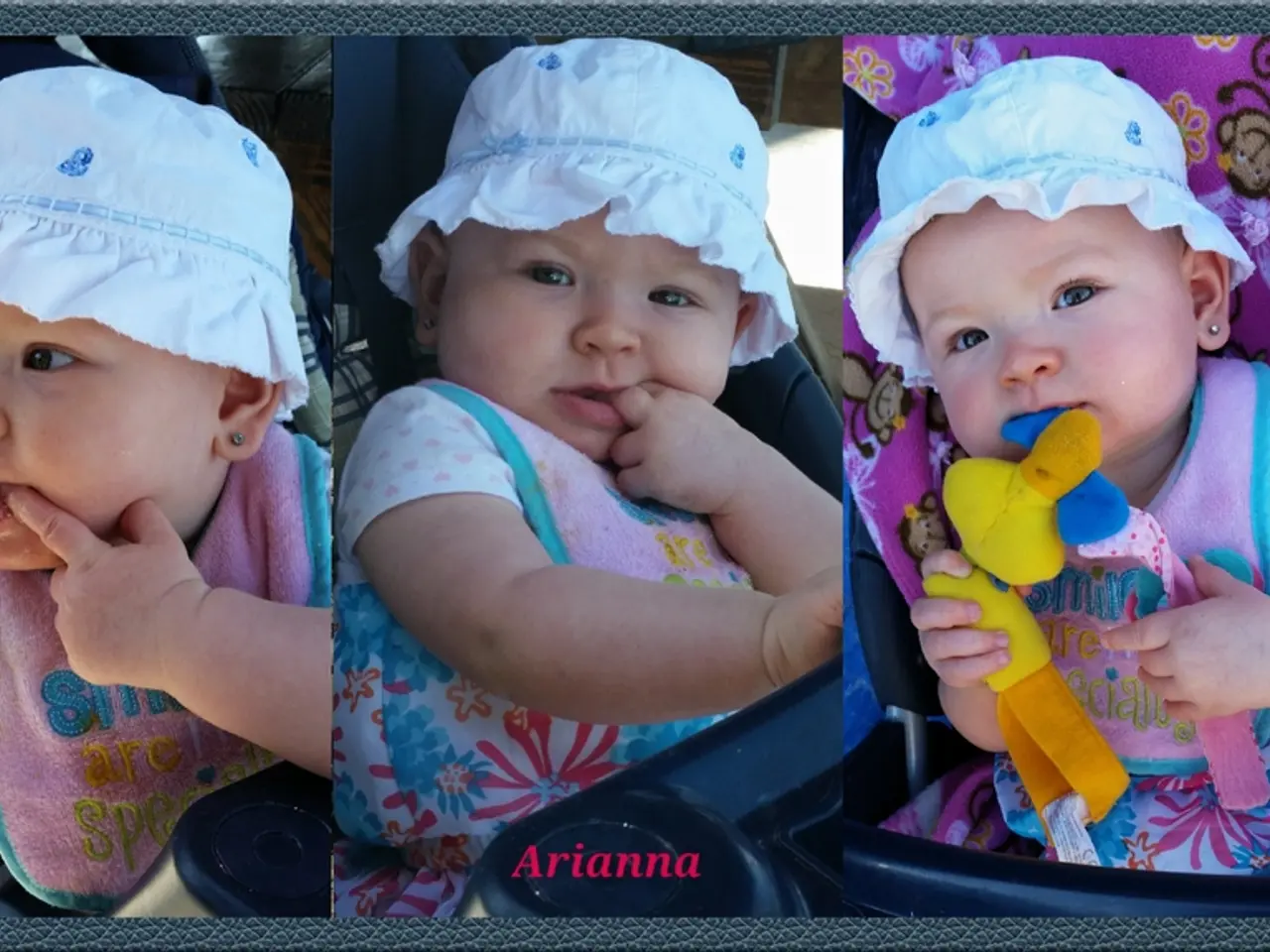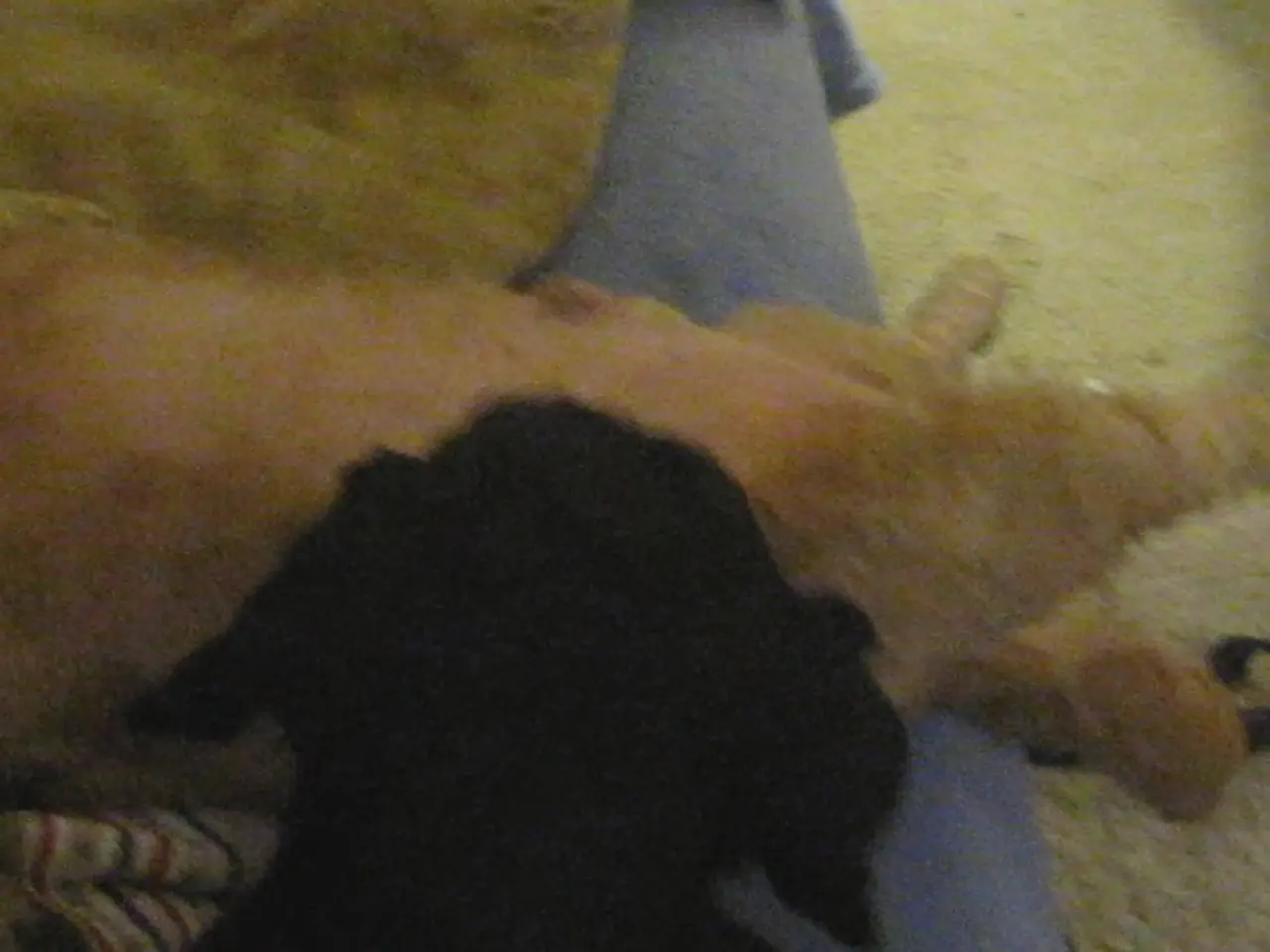Child Discipline in Kindergarten: A Guide for Parents
In a fun and creative twist, a new activity aimed at teaching children self-discipline and appropriate behaviour involves the creation of a puppet show. This engaging activity, edited by Rose Fisher Merkowitz, Kathy L. Jelley, and Scott Scheer, has been adapted from the Cloverbud Program Curriculum Instruction Materials, specifically the I Am Special activity.
The activity, referenced in the book "Raising a Self-Disciplined Child" by Brooks and Goldstein, encourages children to make a puppet for every family member, including pets. The completed puppets are then invited to introduce themselves to each other and share their favourite things.
Effective discipline strategies for parents include establishing clear boundaries and consistent rules, using positive reinforcement to encourage good behaviour, teaching emotional regulation skills, modeling desired behaviours, and applying natural, logical consequences connected to the child’s actions. This puppet-making activity incorporates these key approaches.
By crafting their own puppets, children learn to set clear boundaries and expectations, as they must decide on the characteristics and actions of their creations. The activity also provides an opportunity for positive reinforcement, as children can be praised for their creative efforts and good behaviour during the puppet-making process.
Puppet-making also offers a platform for teaching emotional regulation skills. Children can practice recognising and managing emotions by designing puppets that reflect calm, patient, and respectful behaviours. This provides an opportunity for children to learn from and emulate these desired traits.
Moreover, the activity encourages modeling desired behaviour, as children learn by observing the process of creating their puppets. By seeing their parents and caregivers model patience, respect, and calm conflict resolution during the crafting process, children are reinforced about what behaviour is expected of them.
Finally, the puppet show allows children to understand the direct, logical results of their actions. For example, if a puppet misbehaves in the show, it may be punished or corrected, demonstrating the connection between actions and consequences.
In addition to these strategies, the activity encourages respectful communication, promoting delayed gratification, providing choices to prevent power struggles, focusing on what children should do rather than on negatives, and consistently reinforcing behaviour in a calm, patient manner.
This innovative activity creates a predictable, respectful environment where children learn self-control and appropriate behaviour through understanding, support, and clear guidance rather than fear or punitive measures. So, grab your paper lunch sacks or old socks, scissors, glue, markers, and optional materials such as yarn, buttons, and fabric scraps, and get ready to embark on a fun and educational journey with your family!
- After establishing their puppets' characteristics and actions, children in the 4-H program (referred to in the book "Raising a Health-and-wellness Child" by Brooks and Goldstein) can practice setting clear boundaries and expectations, a key element in effective parenting.
- The science of child development demonstrates that puppet-making, a fun and creative activity, can also promote learning in health-and-wellness, such as emotional regulation skills and appropriate behavior for children.




